Table of Contents
Narendra Modi Biography
Narendra Modi, the current Prime Minister of India, is a political leader with a fascinating life story. From humble beginnings to the highest office in the land, Modi’s journey is an inspiration to millions of people. In this article, we will take a closer look at Narendra Modi’s biography, highlighting the key events and milestones in his life.
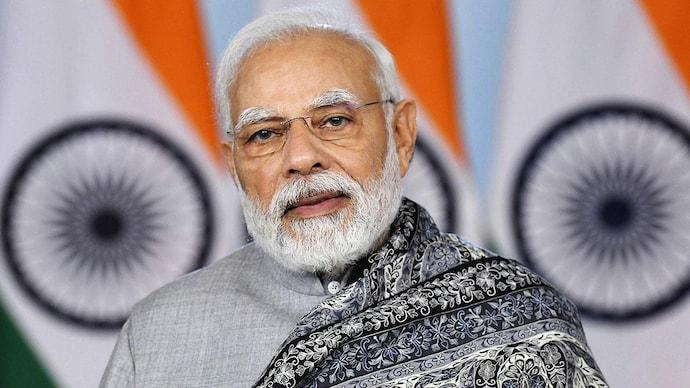
Narendra Modi Age
Narendra Modi was born on September 17, 1950, in Vadnagar, a town in the Mehsana district of Gujarat, India. As of my knowledge cutoff date of September 2021, Narendra Modi’s age was 70 years old. However, since I am an AI language model and do not have access to real-time updates, his current age may be different at the time of reading. Modi is a prominent Indian politician and is currently serving as the Prime Minister of India, a position he has held since 2014. Prior to his current role, he served as the Chief Minister of Gujarat from 2001 to 2014.
Narendra Modi: Early Life and Education
Narendra Modi was born on September 17, 1950, in Vadnagar, a small town in the Indian state of Gujarat. His father, Damodardas Modi, was a tea seller, and his mother, Hiraben Modi, was a homemaker. Modi grew up in a lower-middle-class family and had a modest upbringing.
Modi completed his schooling in Vadnagar and later obtained a Bachelor’s degree in Political Science from the University of Delhi. However, he did not pursue higher studies and instead joined the Rashtriya Swayamsevak Sangh (RSS), a right-wing Hindu nationalist organization.
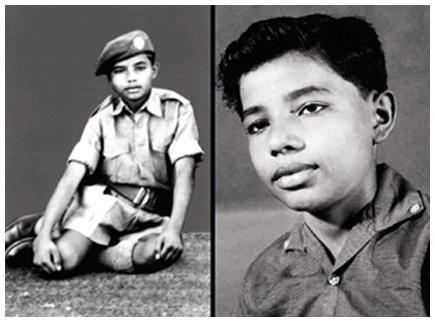
Narendra Modi Family
- Narendra Modi, the current Prime Minister of India, was born on September 17, 1950, in Vadnagar, Bombay State (now Gujarat), India.
- Narendra Modi comes from a middle-class family of grocers and tea-sellers.
- Modi’s parents were Damodardas Mulchand Modi and Heeraben Modi. He was the third of six children, and he grew up in a small house with his family.
- Modi’s father ran a tea stall, and his mother was a homemaker.
- Apart from his immediate family, Modi has several siblings, including his brothers Soma Modi, Prahlad Modi, and Pankaj Modi, and his sisters Vasantiben Hasmukhlal Modi and Amrut Modi.
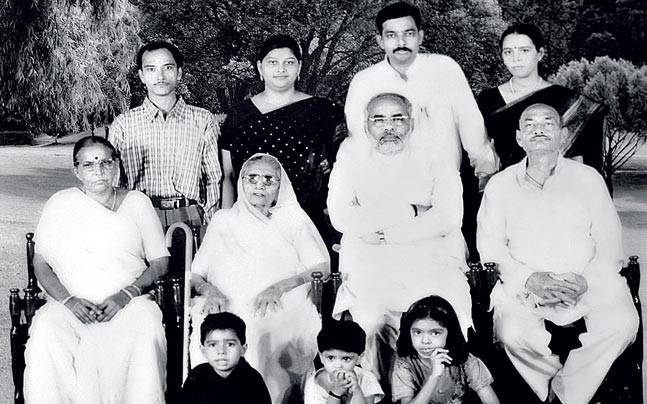
Narendra Modi Wife
Narendra Modi is known to be a very private person when it comes to his personal life, and he has rarely spoken about his family in public. However, it is known that he was married to Jashodaben Narendrabhai Modi in 1968 when he was just 18 years old. However, the couple separated soon after, and they have been living separately since then. They have no children.
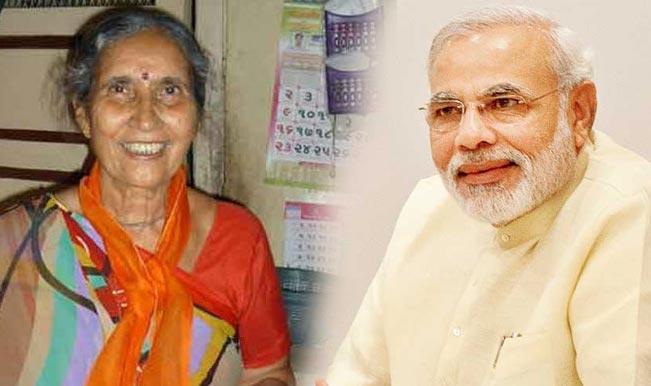
Narendra Modi: Early Political Career
Modi’s political career began in 1985 when he joined the Bharatiya Janata Party (BJP), a political party that espoused the principles of Hindu nationalism. In 1995, he was appointed the Secretary of the BJP’s Gujarat unit and played a crucial role in the party’s electoral success in the state.
In 2001, when the BJP won the state elections in Gujarat, Modi was appointed the Chief Minister of the state. He served in this position for three consecutive terms until 2014. During his tenure, Modi implemented several development initiatives and policies that transformed Gujarat into a model state.
Narendra Modi: Chief Minister of Gujarat
- Narendra Modi served as the Chief Minister of Gujarat, India, from October 7, 2001, to May 22, 2014, before being elected as the Prime Minister of India.
- During his tenure as Chief Minister, he implemented various developmental policies and initiatives that led to significant improvements in the state’s economy and infrastructure.
- Some of his notable achievements as the Chief Minister of Gujarat include the establishment of Special Economic Zones (SEZs) to promote industrial growth, the successful implementation of the “Jyotigram Yojana” that ensured 24×7 power supply to rural areas, the launch of the “Kanya Kelavani” program to improve female literacy rates, and the introduction of various measures to boost agricultural productivity.
- However, Modi’s term as Chief Minister was also marked by controversy, particularly regarding his handling of the 2002 Gujarat riots that resulted in the deaths of over 1,000 people, mostly Muslims.
- While some have praised his leadership during the crisis, others have criticized him for not doing enough to prevent the violence and for not doing enough to bring those responsible to justice.
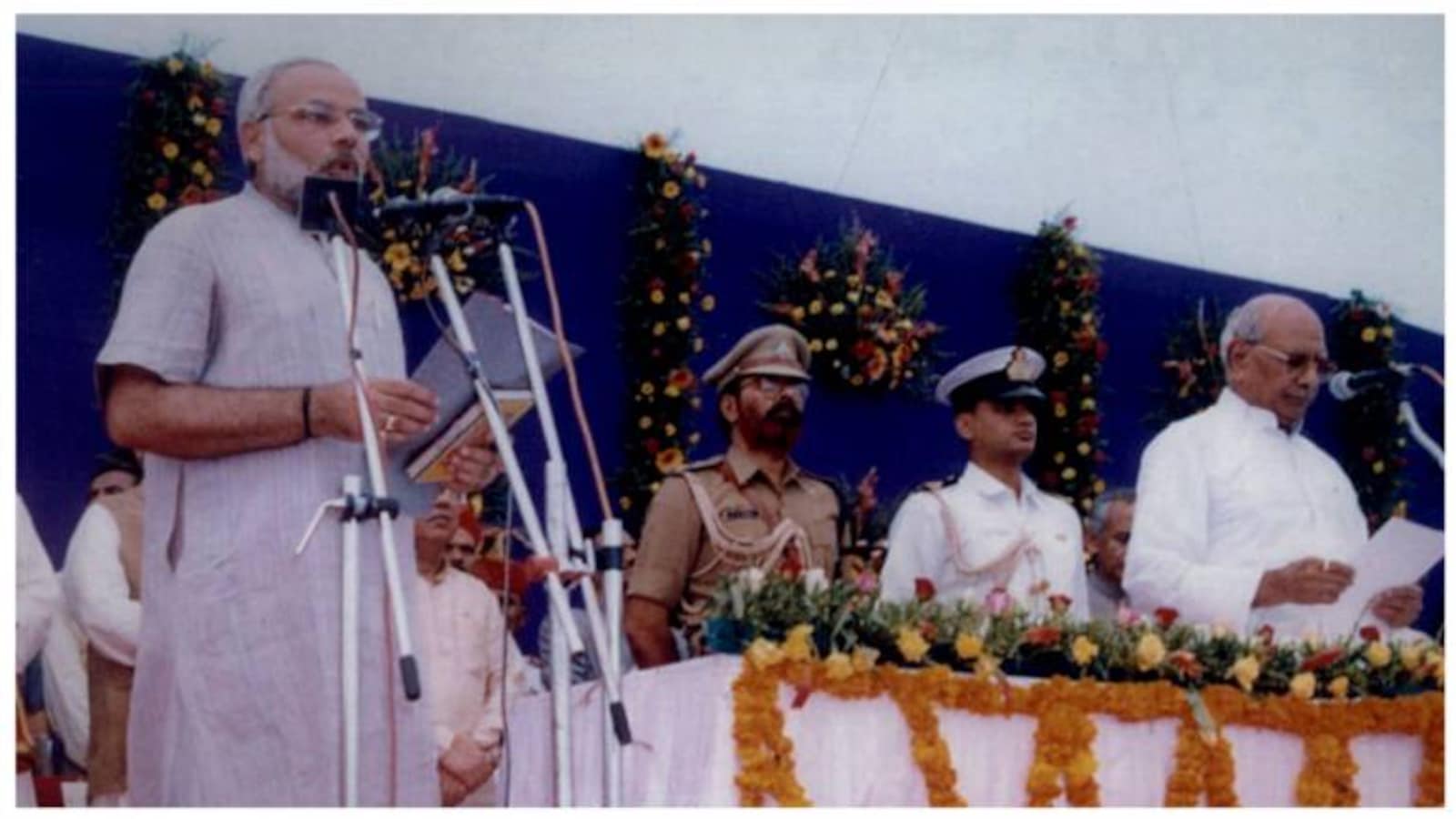
Narendra Modi: Prime Minister of India
- In 2014, Modi led the BJP to a landslide victory in the Indian general elections and was sworn in as the 14th Prime Minister of India.
- His government’s policies focused on economic growth, development, and good governance.
- Modi launched several ambitious initiatives, such as the Make in India campaign, Digital India, Swachh Bharat Abhiyan, and the Jan Dhan Yojana.
- Under Modi’s leadership, India also saw significant improvements in foreign policy.
- He strengthened ties with major global powers, including the United States, Japan, and China, and promoted India’s image as a strong and emerging global player.
- Modi’s tenure has been marked by several significant events, including demonetization, the Goods and Services Tax (GST) rollout, and the revocation of Article 370, which gave special status to the state of Jammu and Kashmir.
- He also launched several welfare schemes, such as the Ayushman Bharat scheme, which aims to provide healthcare to the underprivileged.
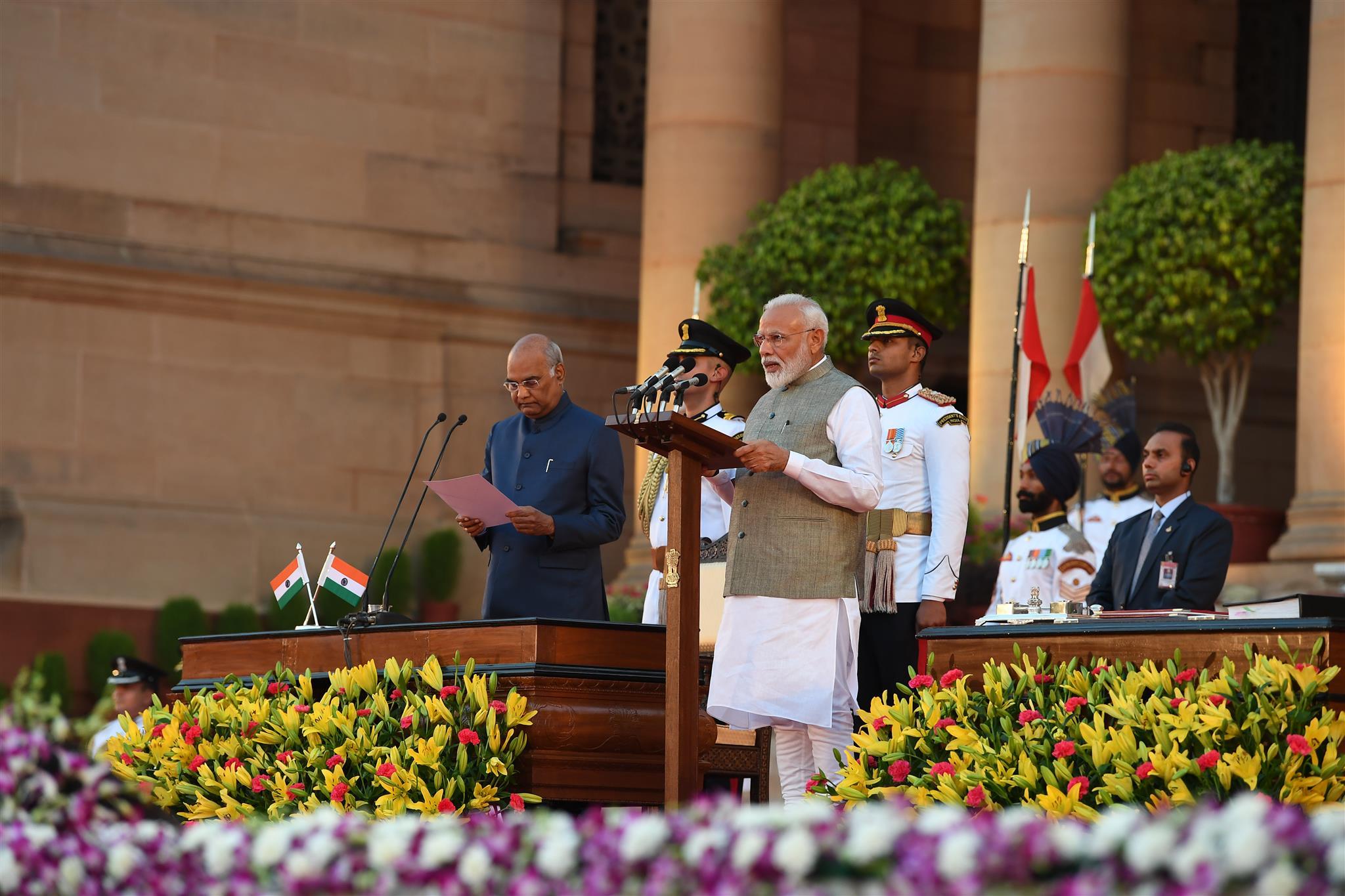
Narendra Modi’s journey from a tea seller’s son to India’s Prime Minister is a testament to the power of hard work and determination. Modi’s leadership has brought about significant changes in India, and his policies have aimed to transform the country into a global superpower. While his tenure has been met with both praise and criticism, there is no doubt that Modi has made an indelible impact on Indian politics and society.
Narendra Modi Salary
Narendra Modi, the Prime Minister of India, earns a monthly salary of INR 2,00,000 (approximately USD 2,700) as per the provisions of the Prime Minister’s Office (PMO) under the Salary, Allowances, and Pension of Members of Parliament Act, 1954. In addition to this, he is also entitled to various allowances, such as an MP’s constituency allowance of INR 45,000, a daily allowance of INR 2,000 for attending Parliament sessions or House Committee meetings, and an allowance of INR 70,000 per annum for the maintenance of his residential office. Therefore, the total annual compensation of the Prime Minister of India comes to around INR 30 lakh (approximately USD 40,500).
Narendra Modi Salary: Donation to PM NRF
It is worth noting that Modi donates a significant portion of his salary to the Prime Minister’s National Relief Fund, a public charitable trust, as a part of his commitment to social service and philanthropy. In 2021, he donated his entire salary of INR 21 lakh (approximately USD 28,400) to the fund, as he has been doing every year since assuming the office of the Prime Minister in 2014. His gesture has inspired many others to follow his example and contribute to the fund, which is aimed at providing financial assistance to individuals affected by natural calamities and disasters, among other things.
Also Read:
- Swami Vivekananda Biography, Education, Family, Quotes, Death and Books
- APJ Abdul Kalam Biography, Full Name, Birthday, Books and Quotes
- Birsa Munda Biography, History, Birth Date, Death [June 9, 1900]
- Maharana Pratap Biography- The Legendary Rajput Warrior and King
- List of Chief Ministers of India 2022, Powers and Functions, General Awareness
- A List of Prime Ministers of India: With Relevant Details for UPSC

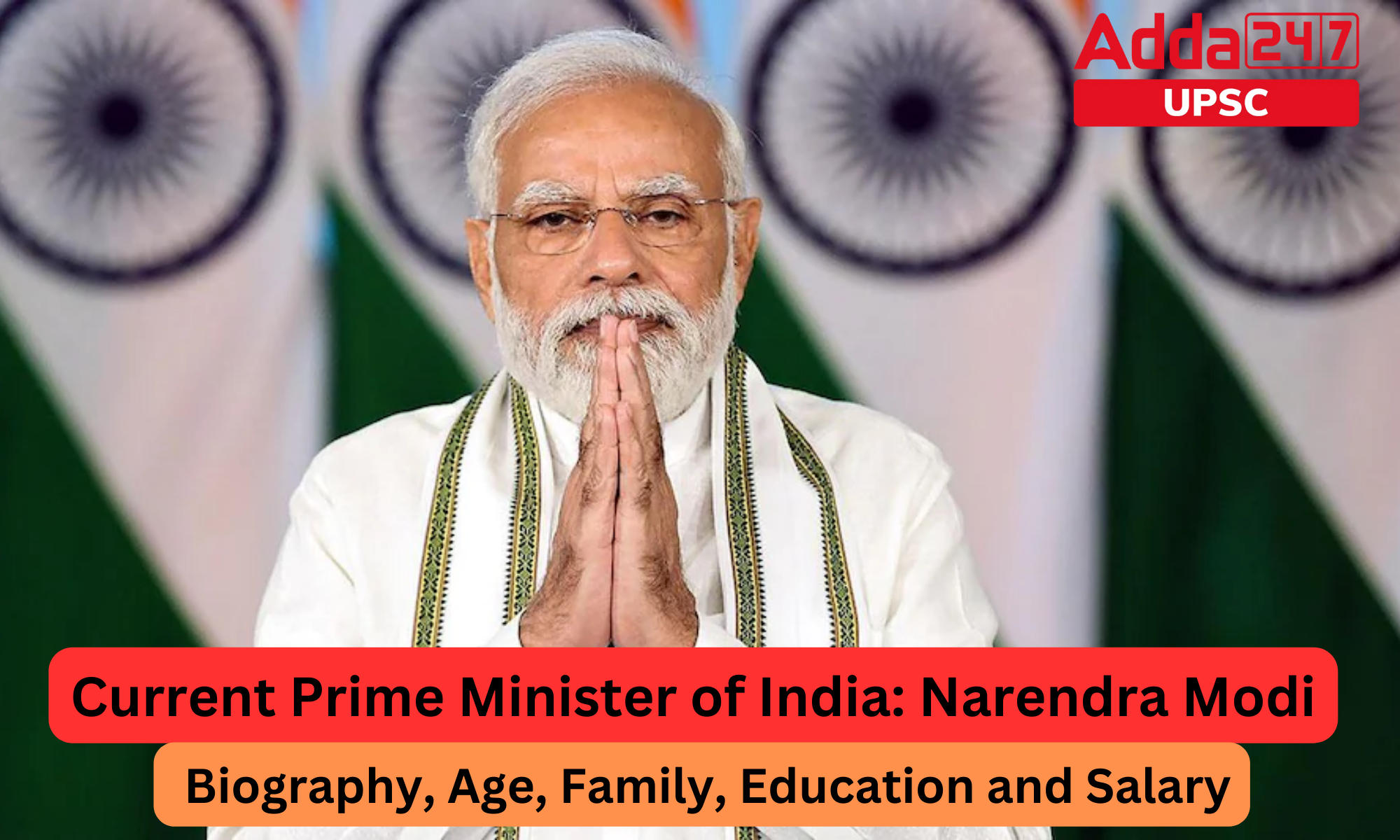

 TSPSC Group 1 Question Paper 2024, Downl...
TSPSC Group 1 Question Paper 2024, Downl...
 TSPSC Group 1 Answer key 2024 Out, Downl...
TSPSC Group 1 Answer key 2024 Out, Downl...
 UPSC Prelims 2024 Question Paper, Downlo...
UPSC Prelims 2024 Question Paper, Downlo...




